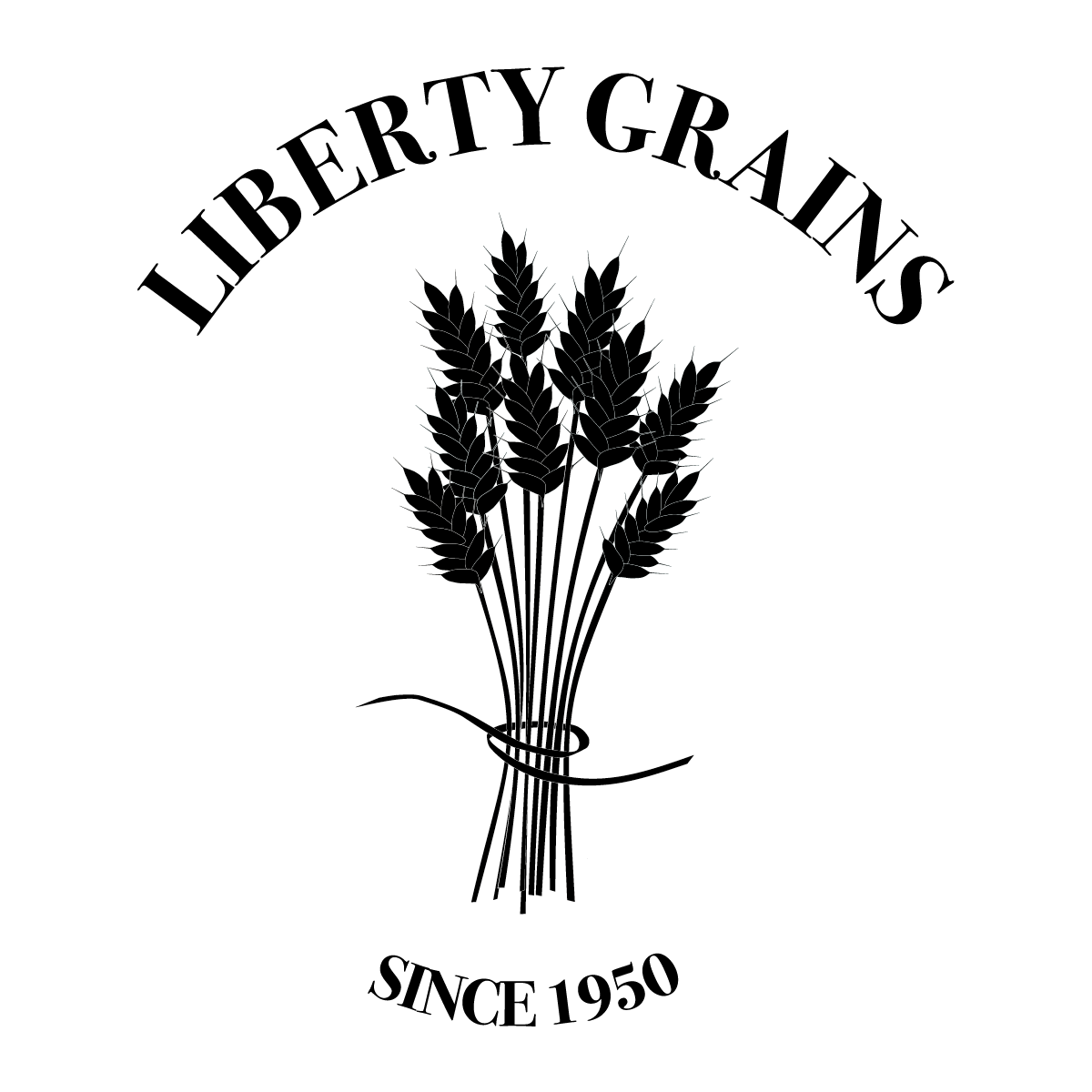Our Wheat
On the Jepsen farm we plant, grow, harvest, store, grind, and package our own wheat. We are a true family farm, and we take pride in that. If you were to come for a visit, we could take you directly to the fields where your bag of Liberty Grains wheat was grown. While we’re fans of just about anything made with wheat, the aim of our business is to provide customers with a unique product that is more wholesome and nutritious than what is generally found at the grocery store. Since we began milling and eating our own grain, we notice that it settles easier in our stomachs and we feel more energetic after meals. This isn’t a surprise when one considers the nutritional benefits of whole grains. They contain more nutrients, fiber, and have a lower glycemic index than products made with conventional flour. Read on to learn some more specifics about what we grow! Watch our videos or get some Recipe ideas to get your whole grains journey started today!
Soft White Wheat
Soft white wheat is characterized by a softer kernel and lower protein (ie. gluten) content than hard wheat varieties. There are both winter and spring types of soft white wheat, but their uses and marketing are generally identical. Liberty Grain Brand Wheat is a winter type with a protein content of 8.6%. Soft White is generally considered the ideal type for pastries, cakes and flatbreads. We’ve found that the flour also makes excellent pancakes and waffles! The gluten content in soft white is considered too low for making bread. While this is true, Bethany has been able to make many delicious loaves of bread and rolls using soft white flour, simply by adding a small amount of vital gluten to the recipe.
Hard Red Winter Wheat
Like soft white wheat’s, there are both winter and spring types. However, with hard red wheat the Winter and Spring types are distinct classes. Hard Red Winter wheat is planted in the fall and has a moderately high protein (i.e. gluten) content. Our Liberty Grain’s red wheat contains 11.6% protein. This is traditional wheat bread. Use it wherever your recipe requires yeast and a good rise. Our red wheat has a nutty, crisp flavor. As the name implies, these kernels are hard. They aren’t as amenable to grinding in a blender as soft white berries. However, because they’re tough it’s easier to get a range of coarseness with a home grinder. By using the coarsest setting on our grinder, we’ve made gritty wheat that cooks up very similar to Cream of Wheat!
The Wheat Kernel and It’s Nutrition
This breakdown of a wheat berry does a good job of explaining it’s different parts. I found it while looking through some class materials I used while a graduate student at Oregon State University. As the diagram explains, white flour - which most of just think of as “flour” - is just the endosperm. Prior to the 1880’s, basically all flour was truly whole wheat, containing all parts of the wheat plant. However, following the introduction of the modern roller mill, which separates the different components of the kernel, white “non-whole-wheat” flour quickly became the norm. White flour had the advantage of retaining a much longer shelf life than whole wheat flours. In the days before refrigeration this was no small matter. However, removing the bran and endosperm strips wheat of many nutritive values. This is why white flour is normally “fortified”. Some of the nutrients lost in milling are added back. They aren’t all added back, however. True whole wheat has been described by some as a “super food,” since it single-handedly supplies a large portion of the various nutrients needed for a balanced diet. Whole wheat also provides fiber, something nutritionists recommend we need a lot more of.
Unfortunately, getting ahold of true whole wheat isn’t as easy as you might think. Many whole wheat products on the market today are only partially whole wheat. That’s right. They’re not truly whole. Processors may ADD BACK germ and bran, but not necessarily in the same proportion that they were removed. So, what better way to get most whole, freshest wheat than getting it completely whole, straight from the farm!




